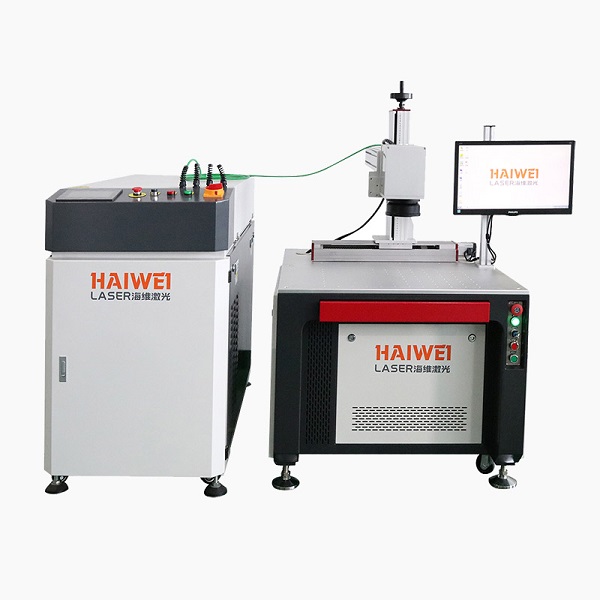Can Laser Welding Machines Handle Welding of Different Sized Components?
In the realm of industrial manufacturing, flexibility is key. Companies often require equipment that can adapt to a variety of tasks, including welding components of different sizes. This raises an important question: Can laser welding machines effectively manage the welding of different sized components? Let's delve into how these advanced machines cater to diverse production needs.

Versatility in Component Size
One of the standout features of modern laser welding machines is their versatility. These systems are designed with adjustable parameters such as beam diameter, power output, and focusing distance, allowing them to accommodate various component sizes. Whether it’s fine precision work on small electronic parts or robust welds for larger structural elements, laser welding technology provides the necessary flexibility.
Precision and Control for Small Parts
For intricate tasks involving small components, the ability to focus the laser beam to a very fine point is crucial. High-precision laser welders offer micron-level accuracy, making them ideal for industries like electronics and medical devices where precision is paramount. The use of galvanometers for beam steering ensures rapid and accurate positioning over the weld area, enhancing productivity without compromising quality.
Scalability for Large Structures
When it comes to welding large structures, the challenge lies in maintaining consistent weld quality across extensive surfaces. Advanced laser systems are equipped with automated stages and robotic arms that can move the laser head precisely along complex paths. This capability enables manufacturers to handle large-scale projects efficiently while ensuring uniformity and strength in every weld.
Adapting to Varied Production Needs
The true test of any laser welding system is its ability to seamlessly switch between different production requirements. Modular designs allow operators to quickly reconfigure setups for different job sizes. Additionally, software interfaces provide intuitive controls for saving and recalling specific welding profiles, streamlining the transition between tasks.
Ensuring Quality Across Sizes
Regardless of the size of the component being welded, maintaining high standards of quality is non-negotiable. Laser welding machines incorporate real-time monitoring systems that track key variables such as power levels, focus position, and cooling rates. These systems help ensure that each weld meets predefined specifications, providing peace of mind for both operators and end-users.
To sum up, laser welding machines are highly capable of handling the welding of different sized components, thanks to their adaptable nature and precise control mechanisms. Manufacturers looking to invest in this technology should consider their specific needs regarding size range, production volume, and desired weld quality. By choosing a machine that offers scalability and precision, businesses can maximize efficiency and maintain high standards across all their welding operations. Investing in a versatile laser welding solution not only enhances current production capabilities but also prepares companies for future growth and diversification.
Recent Posts
- What are the advantages of laser welding machines in lithium battery pack production lines?
- What issues should be noted when choosing a lithium battery pack production line?
- Quality Inspection and Control of Lithium Battery Module Pack Production Line
- Cell grouping and sorting process in lithium battery module pack production line
- What are the safety hazards of lithium battery pack production lines and how can they be prevented?
INQUIRY

